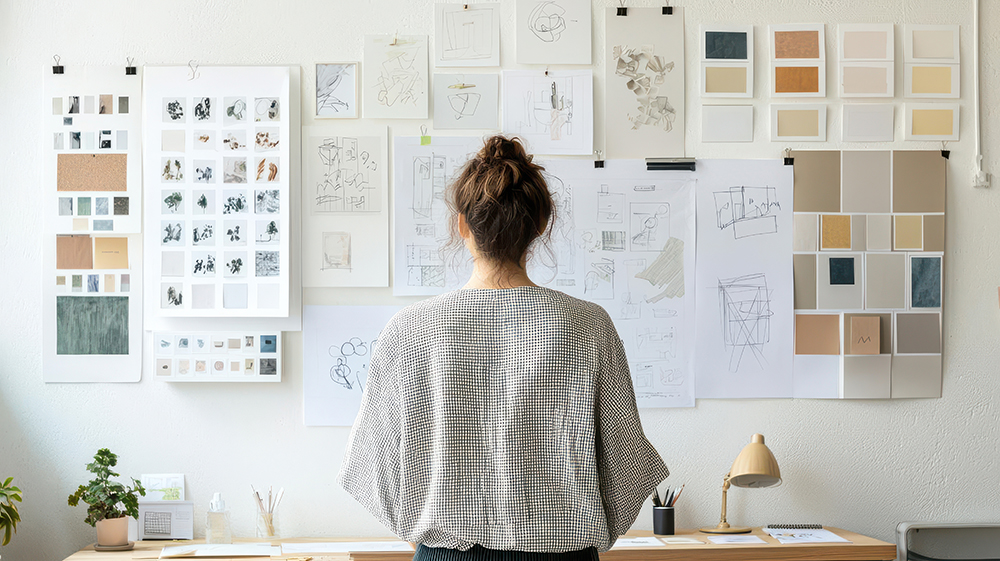Modern Business Color Palettes: What Today’s Brands Are Really Using

In today’s digital-first world, color isn’t just visual flair, it’s a strategic brand asset. From influencing buyer behavior to improving accessibility, modern color palettes are doing heavy lifting behind the scenes.
Here’s what’s shaping color systems in 2025, and how smart brands are building palettes that perform across platforms and audiences.
Color Psychology Still Reigns Supreme, But It’s Evolved
The basics hold true: color affects perception. Up to 90% of snap judgments about products can be driven by color alone.
Here’s how the classic signals still show up:
- Blue = trust, calm, credibility
- Red = urgency, energy, power
- Green = growth, wellness, sustainability
- Black & white = timeless, luxury, editorial
But it’s not just about picking a “safe” color. Modern color systems are about contrast, usability, and feeling right in context whether that’s your homepage or a dark mode mobile UI.
What’s Trending in 2025
You’ve probably noticed it, today’s palettes are bolder, more expressive, and a lot more human. Here's what’s actually trending:
Earthy Neutrals
Browns, clays, and sand tones are taking over especially among wellness and direct-to-consumer (DTC) brands. These shades feel warm, grounded, and premium. In fact, 22% of logos created in 2025 used a brown or neutral base color.
Pastels & Muted Tones
Think soft lavender, dusty peach, or pale aqua. These tones feel nostalgic but not dated, they're popular among Gen Z and digital brands trying to look approachable and creative.
Bold Accents
Reds and yellows are coming in HOT, especially as supporting accents on dark or neutral backgrounds. Yellow tones like mustard and canary are showing up in 16% of recent logo designs.
Gradients + “Living” Palettes
Brand systems are shifting toward adaptive color palettes, dynamic systems that change based on user behavior, mode (light/dark), or even screen type. Adobe predicts “living color palettes” will grow in adoption across tech and media brands in 2025.
Accessibility Is Non-Negotiable
If your palette doesn’t meet WCAG 2.1 contrast standards, it’s not modern...it’s broken. High-contrast text, thoughtful color pairings, and avoiding color-only cues are all table stakes now. Tools like WebAIM and Color Oracle are a must for testing.
Pro tip: test both your light and dark mode palettes early. Most major platforms offer both, and your palette should flex with them.
Modern Palettes Are Built Like Systems
Gone are the days of “primary, secondary, accent” and calling it a day. Today’s brand palettes are part of full-on design systems.
The essentials:
- Core brand colors + functional colors (error, success, disabled)
- Interactive state definitions (hover, focus, pressed)
- Light mode and dark mode versions
- Room for gradients, patterns, or dynamic states
Even platforms like Google Material Design now include surface tones, elevation shading, and motion-ready gradients to help design teams scale.
Brand Highlight: Webflow
Webflow’s palette hits that modern sweet spot: a clean base of off-black and slate, paired with expressive accents (aqua, purple) that break through without being overpowering. It’s flexible across dark mode, light mode, product UI, and marketing all while feeling uniquely them.
TL;DR: Color Isn’t Decoration
It’s strategy. It’s performance. It’s accessibility. It’s the first impression your brand makes and sometimes the reason someone sticks around (or doesn’t).
The most effective palettes in 2025 aren’t built to impress on a mood board. They’re built to...
✅ Perform across platforms
✅ Meet accessibility standards
✅ Support both light and dark modes
✅ Scale with your design system
✅ Feel fresh without fighting for attention
If your palette isn’t pulling its weight in those areas, it’s not just a design issue, it’s a business one.


.webp)



.svg)
